Traditional wear in India is more than just a set of clothing. History, culture and identity are all interwoven into this colorful fabric. Every single piece of Indian traditional wear, from the exquisitely draped mundus of Kerala to the elaborately embroidered sarees of Bengal, embodies the history, culture, and social environment of the region. The cultural significance of these garments goes beyond aesthetics, representing the fundamental values and traditions that define Indian culture.
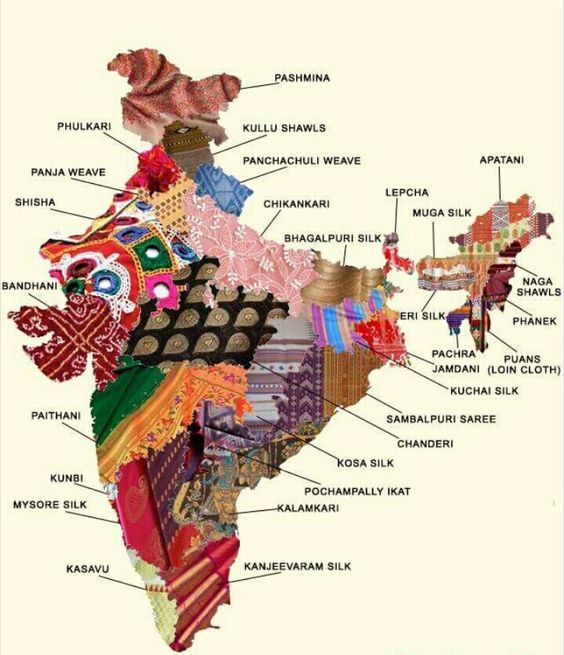
The Historical Background of Indian Clothing
Indian traditional dress has a long history and was shaped by trade, multiple kingdoms, and outside influences. For example, the Indus Valley Civilization demonstrated early weaving and dyeing methods and the wide range of Indian textiles and designs has grown throughout ages with the migration of Persians, Mughals, and Europeans, creating a distinctive blend of Indian tradition and foreign influences.
The Significance of Traditional Clothing
Every traditional wear in India has a symbolic value that are frequently connected to events, festivals, and rituals. For instance:
Sarees:
Sarees, which are worn in many different kinds of styles all across the nation, have a strong connection with femininity and grace. It is worn with a trendy blouse design. For religious rituals, funerals, and weddings, particular designs and hues are selected.
Lehengas:
This garment, popular in North India, are staples for weddings, symbolizing prosperity and festivity. It gives MAIN CHARACTER VIBES when worn in any occasion.
Kurta sets:
This clothing, which comes in different style of kurtas and pants are often worn during religious ceremonies and is connected to simplicity and spirituality.
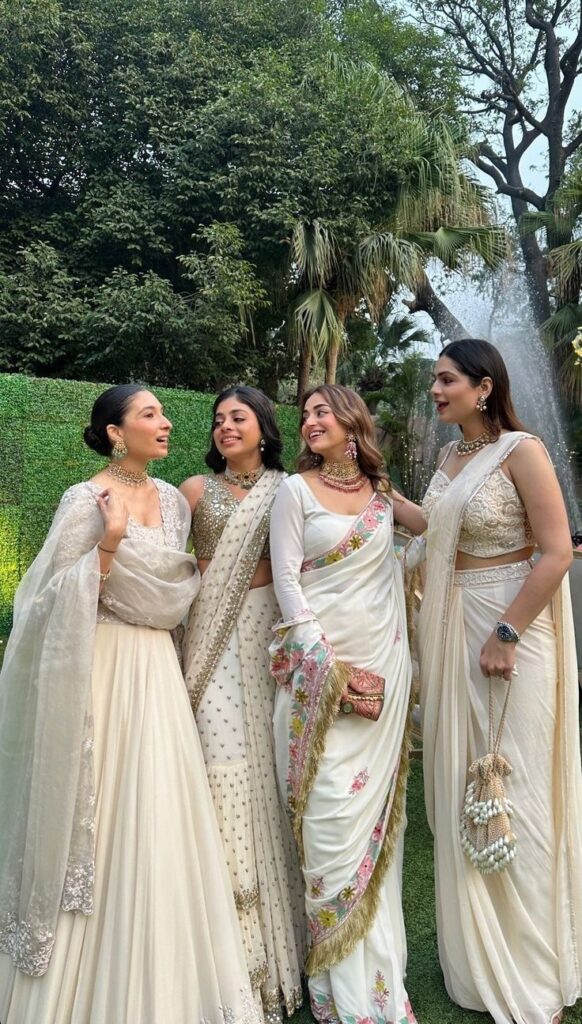
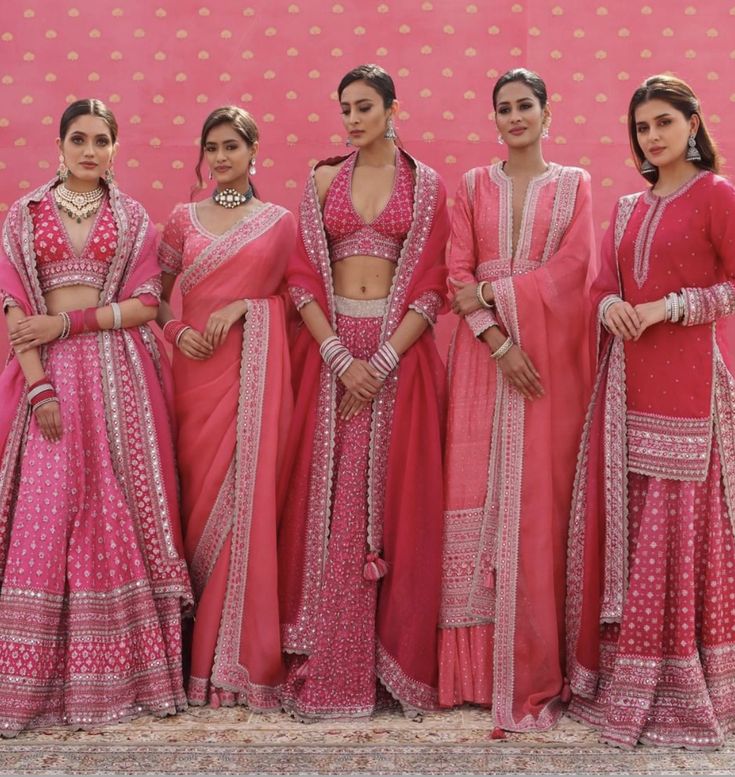
Color also has an important role. White represents peace and purity, yellow represents auspiciousness, and red resembles fertility and prosperity. The careful choice of patterns and colors serves as proof of the long-standing customs in Indian culture.
Region-Specific Clothing Variations
India’s traditional attire is an interesting illustration of the country’s geographic and cultural variations. Every state has its own unique fashions, textiles and approaches. For example:
- Banarasi Silk (Uttar Pradesh): celebrated for its lavishness and elaborate gold Zari work of art, it is frequently a highly valued piece in bridal trousseau.
- Bandhani (Gujarat and Rajasthan): The brilliant patterns created by the art of tie-dye expresses the heart of these state’s colorful culture.
- Punjabi Phulkari: This type of needlework is used for embellishing shawls and dupattas, represents good fortune and happiness.
- Kasavu (Kerala): Often worn during Onam and other holidays, this white and gold or silver bordered sari exudes elegance and simplicity.
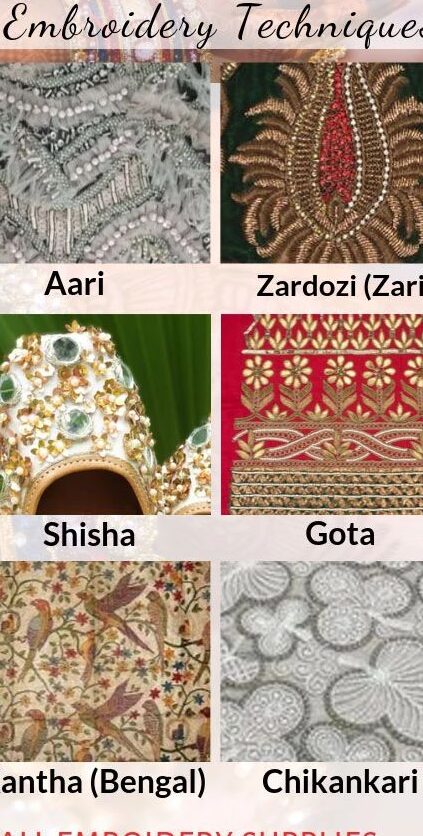
The Function of Traditional Clothing in Contemporary India
Modern fashion and traditional clothing have coexisted peacefully in the 21st century. Designers introduce traditional Indian clothing to international runways by fusing traditional methods with cutting-edge designs. Furthermore, weddings and festivals remain venues where traditional attire is enthusiastically embraced.
Initiatives to support sustainable fashion and rehabilitate handlooms have also brought attention to the craftspeople who continue these traditional practices. By embracing traditional clothes, citizens not only appreciate their ancestry but also support the livelihoods of many craftsmen.
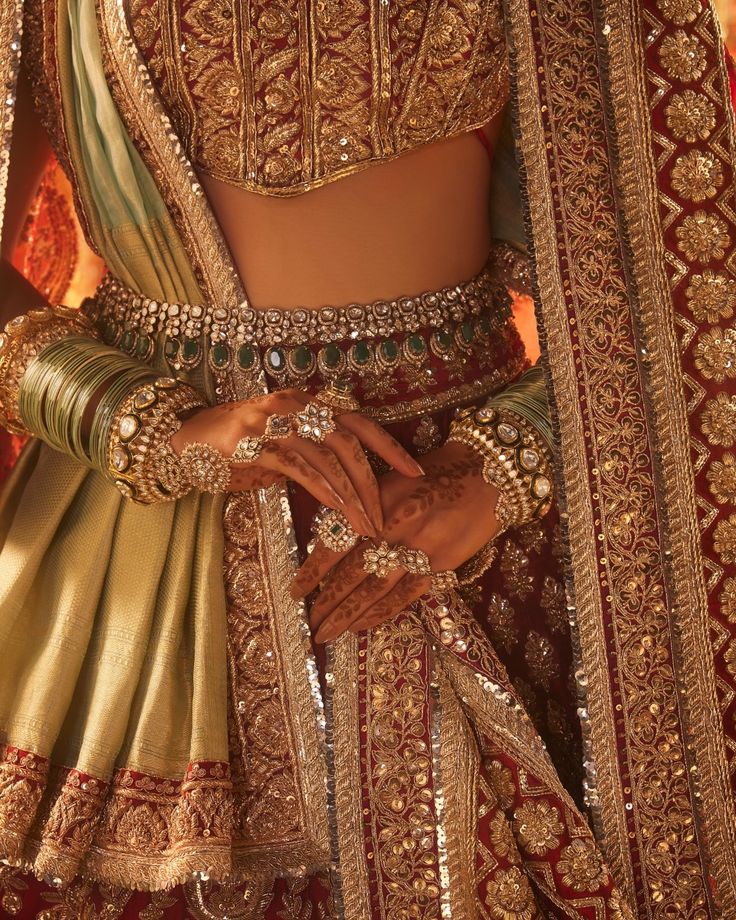
Conclusion
Indian traditional wear is a live example of the rich cultural legacy of the nation. Beyond its aesthetic value, it is a way of recalling customs and establishing a connection to the past. The core of India’s traditional attire continues despite its changes, reflecting the diversity and spirit of an entire nation proud of its heritage.
